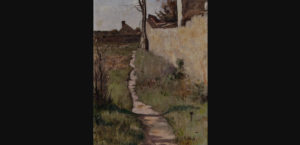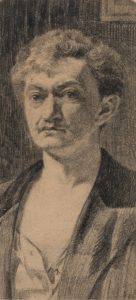
1849 - 1910
Louis Welden Hawkins

description
A French (in some sources mentioned as English) artist whose ancestors were Anglo-Austrian.
The prominent representative of late Symbolism entered the history of art as a master, who managed to organically “reconcile” various techniques of ideologically different modern art movements in his work. Regularly exhibiting his paintings at the salons of the National Society of Fine Arts of France, taking part in the exhibitions of the Rose and Cross Society and in the Brussels Salon “Free Aesthetics”, the artist contributed to the development of Symbolism in Europe.
Key ideas:
– Initially, Louis Welden Hawkins, having mastered the rules of academic painting, chose the style of symbolism and partially art nouveau. Later, he became known as a landscape painter and creator of genre scenes in the spirit of Sentimental Realism, who worked a lot in Brittany.
– His special Symbolist manner attracts the greatest attention of art critics. Hawkins’ late Symbolism is a great originality inherent in parabolic paintings (“In halo”, “Innocence”, “Procession of Souls”) and portraits, which brought the French painter together with English Pre-Raphaelite masters. The most vivid example is several portraits of “Severina”. In some of them, this staunch feminist, nicknamed “the apostle of compassion and social solidarity”, is represented according to the traditions of the Byzantine icon – on a gold background.
– Hawkins’ symbolic painting, which stimulates the imagination of both the artist and his audience, uses metaphors and suggests favorite mystical and mythological themes (“The priestess”, “Cleitia” and others). In order to achieve a greater emotional effect, the artist, who is generally characterized by a bright and bright palette, sometimes goes into very dark tones, as in the painting “Underneath the veil” (its another name is “Veil”).
1849
1873
1875
1881
1894
1900
1910
The birth of the artist
Went to Paris
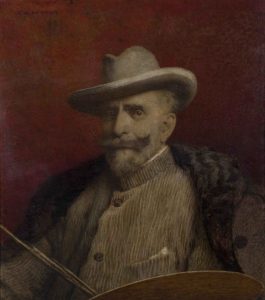
Acquired French citizenship
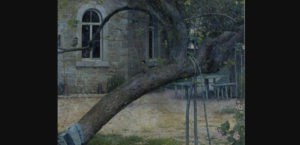
His works were accepted for display
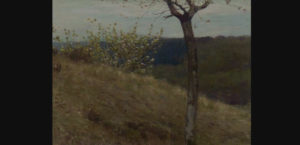
He started and continued to actively participate in the exhibitions
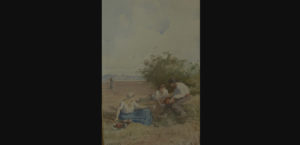
The poor life
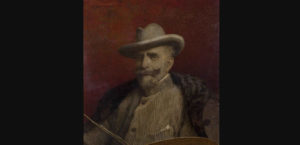
Louis Walden Hawkins died
